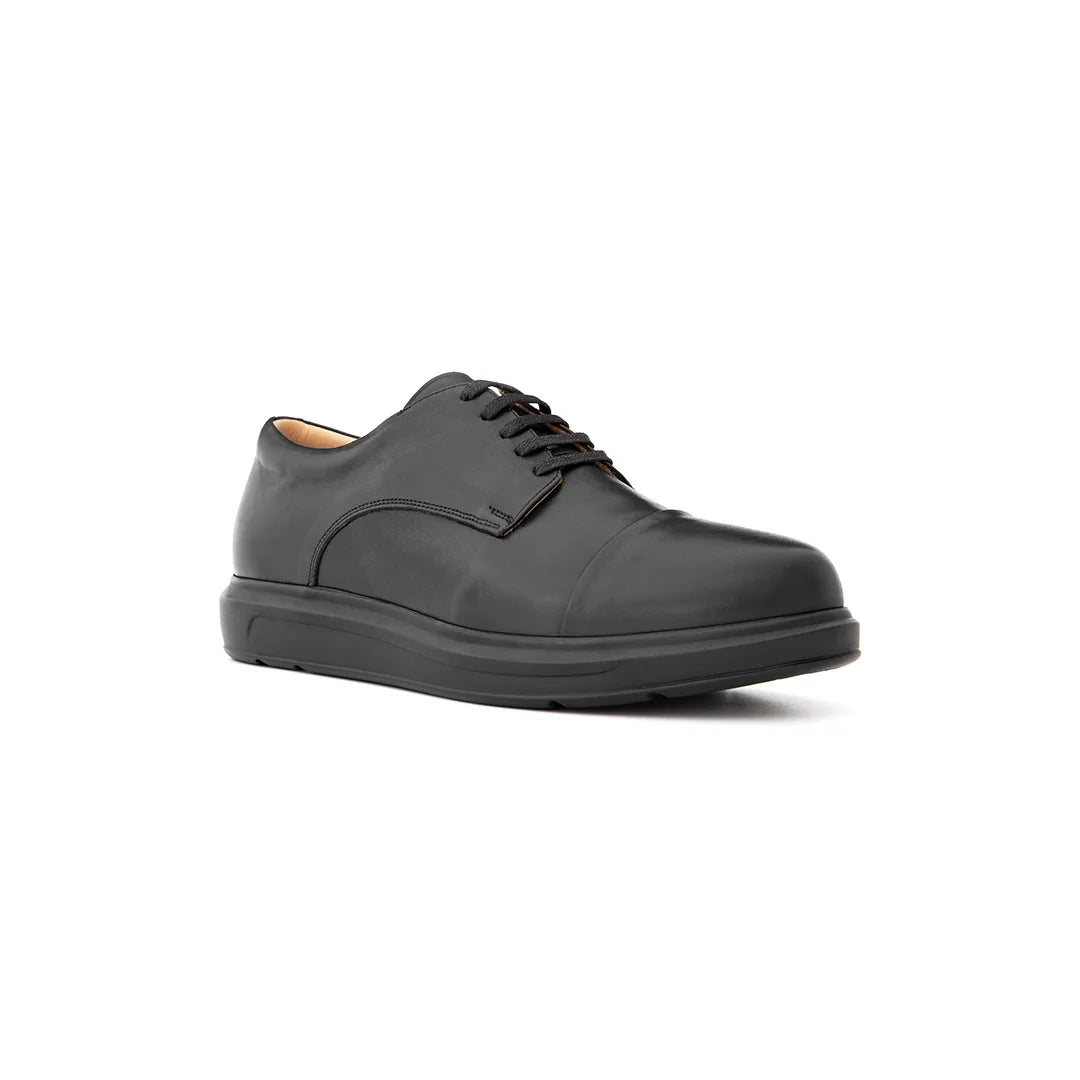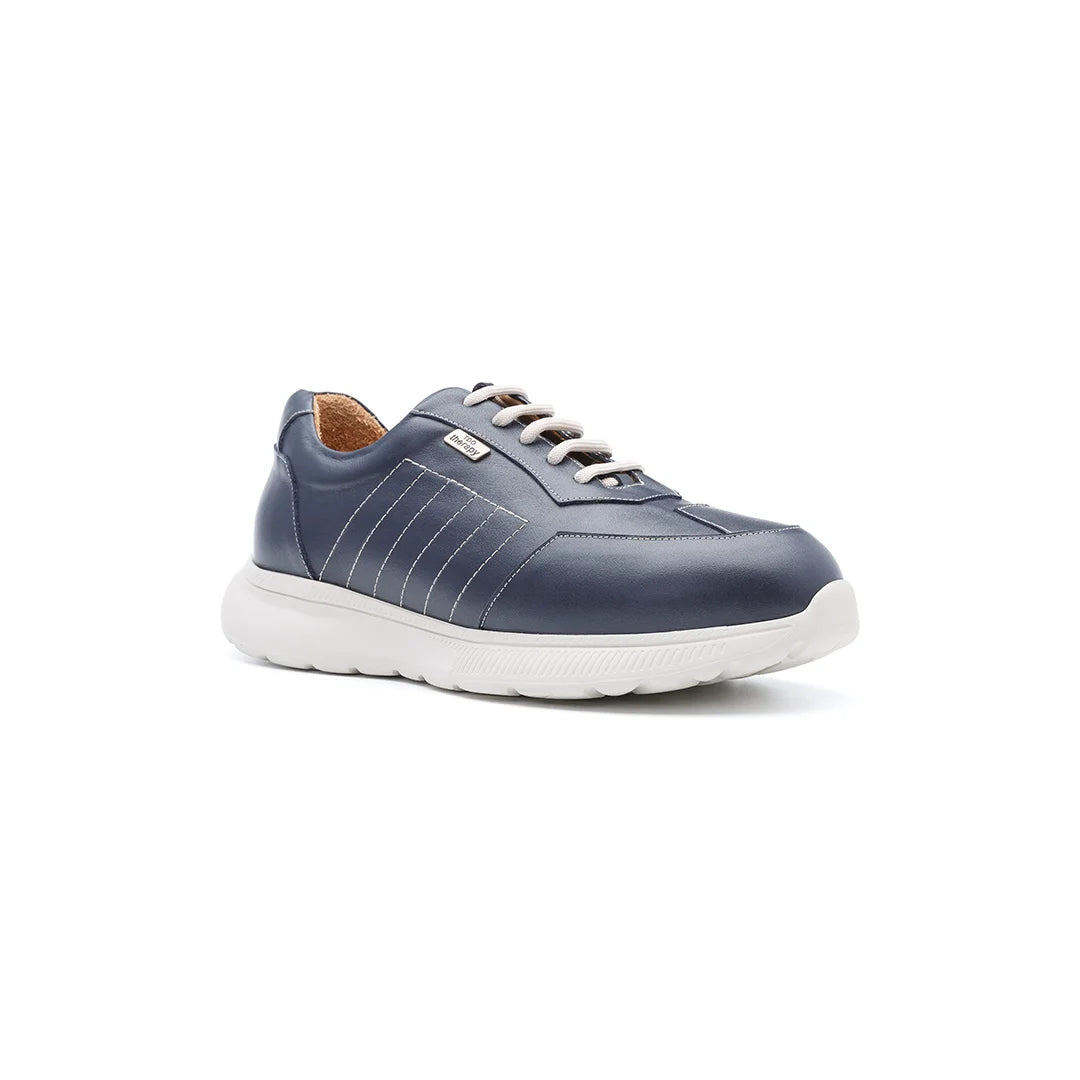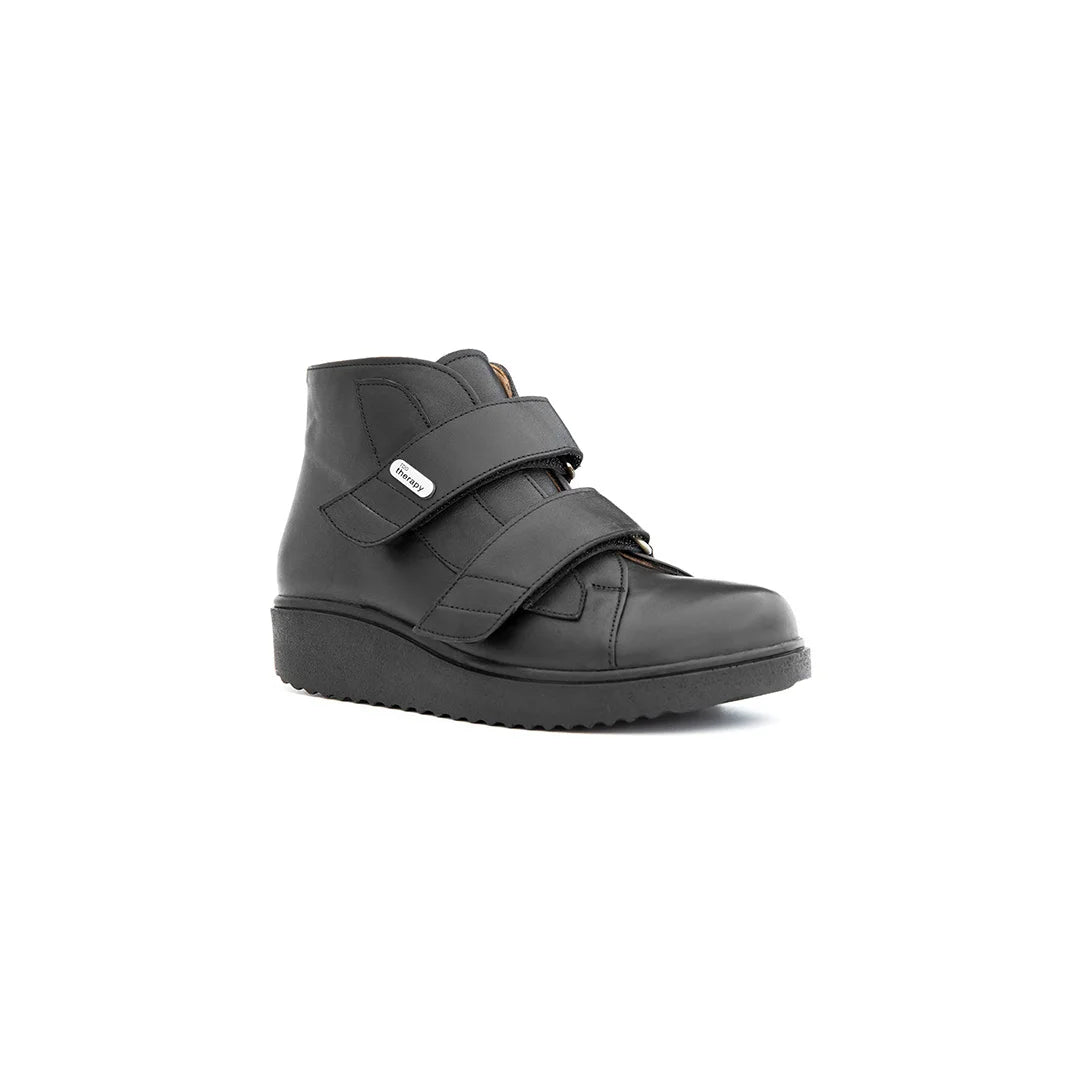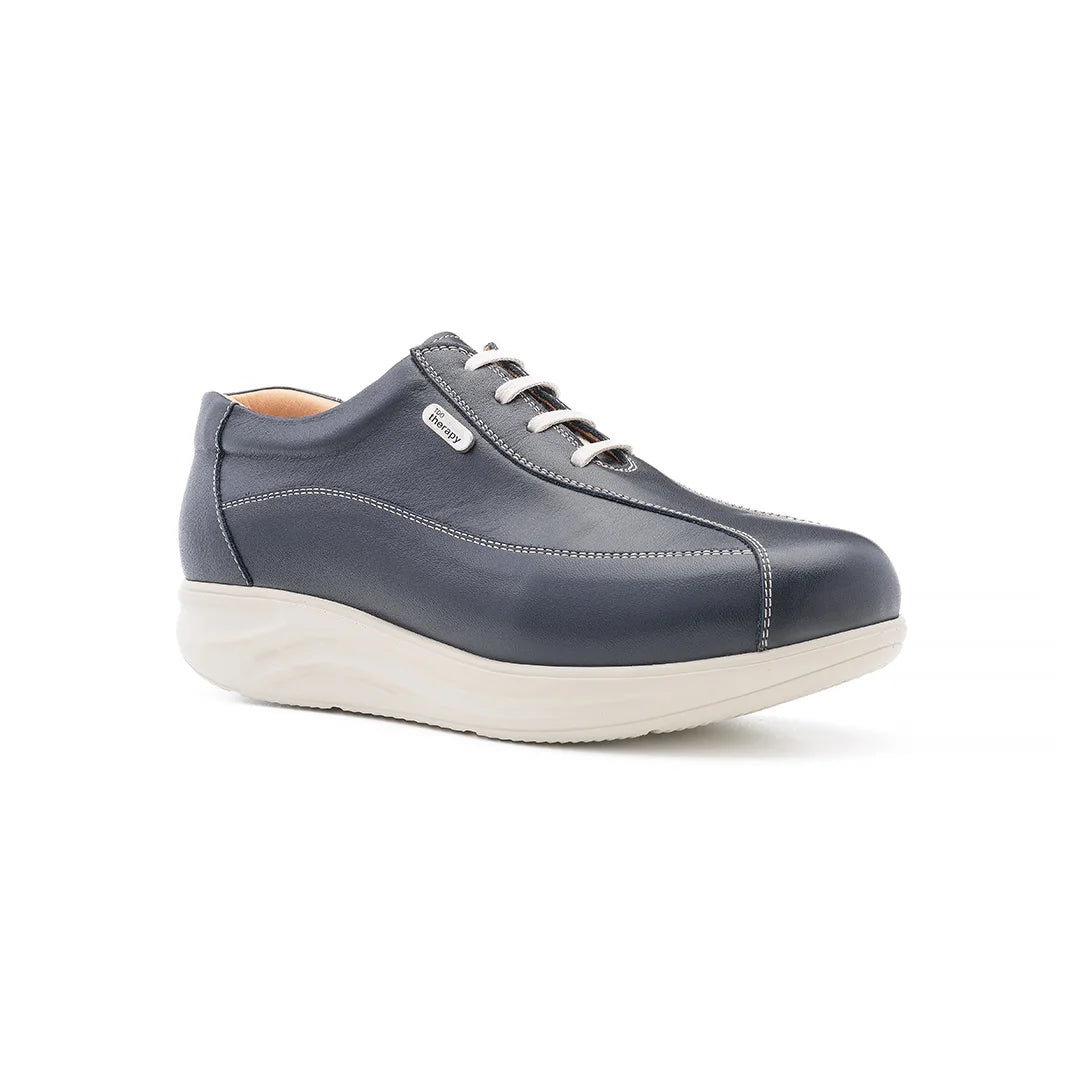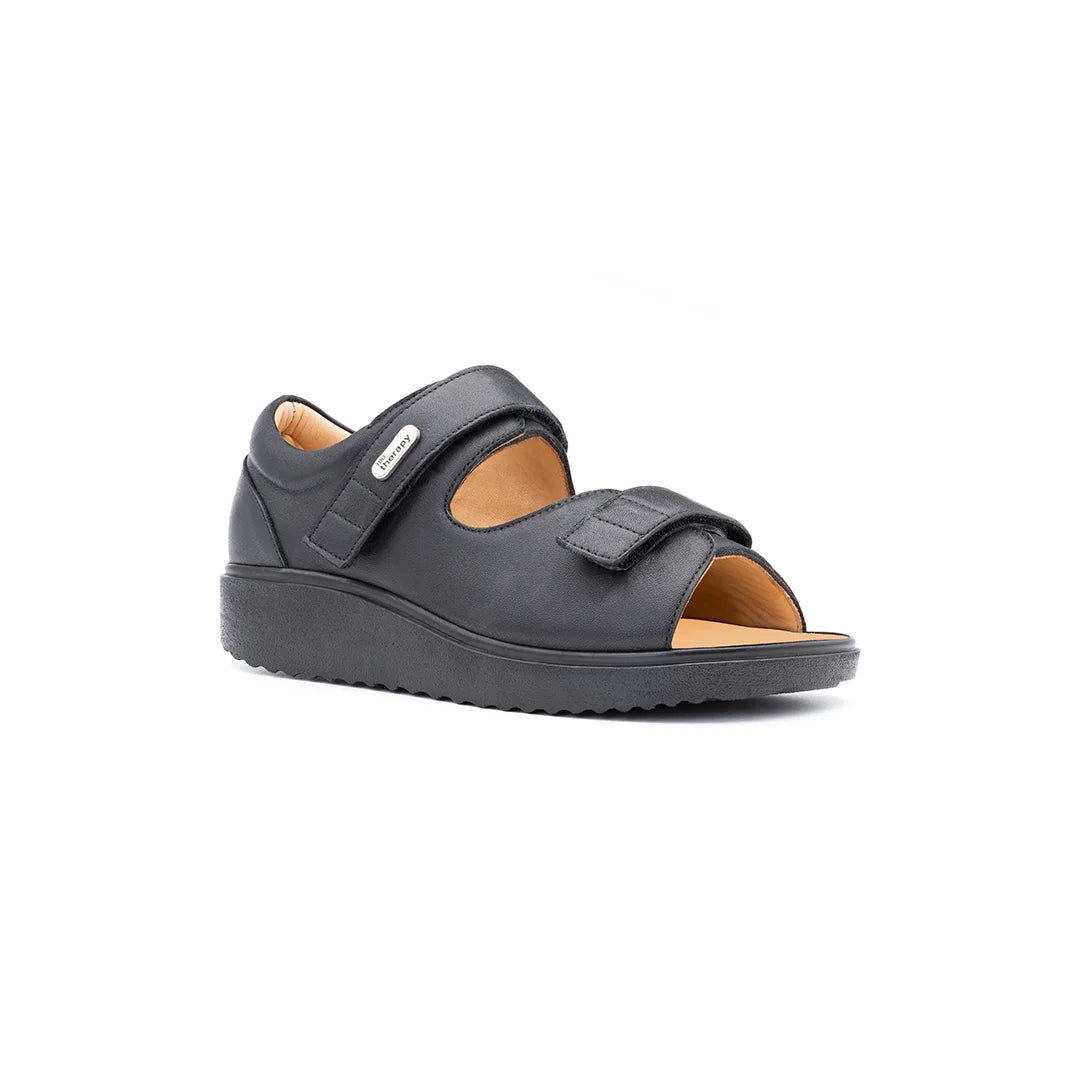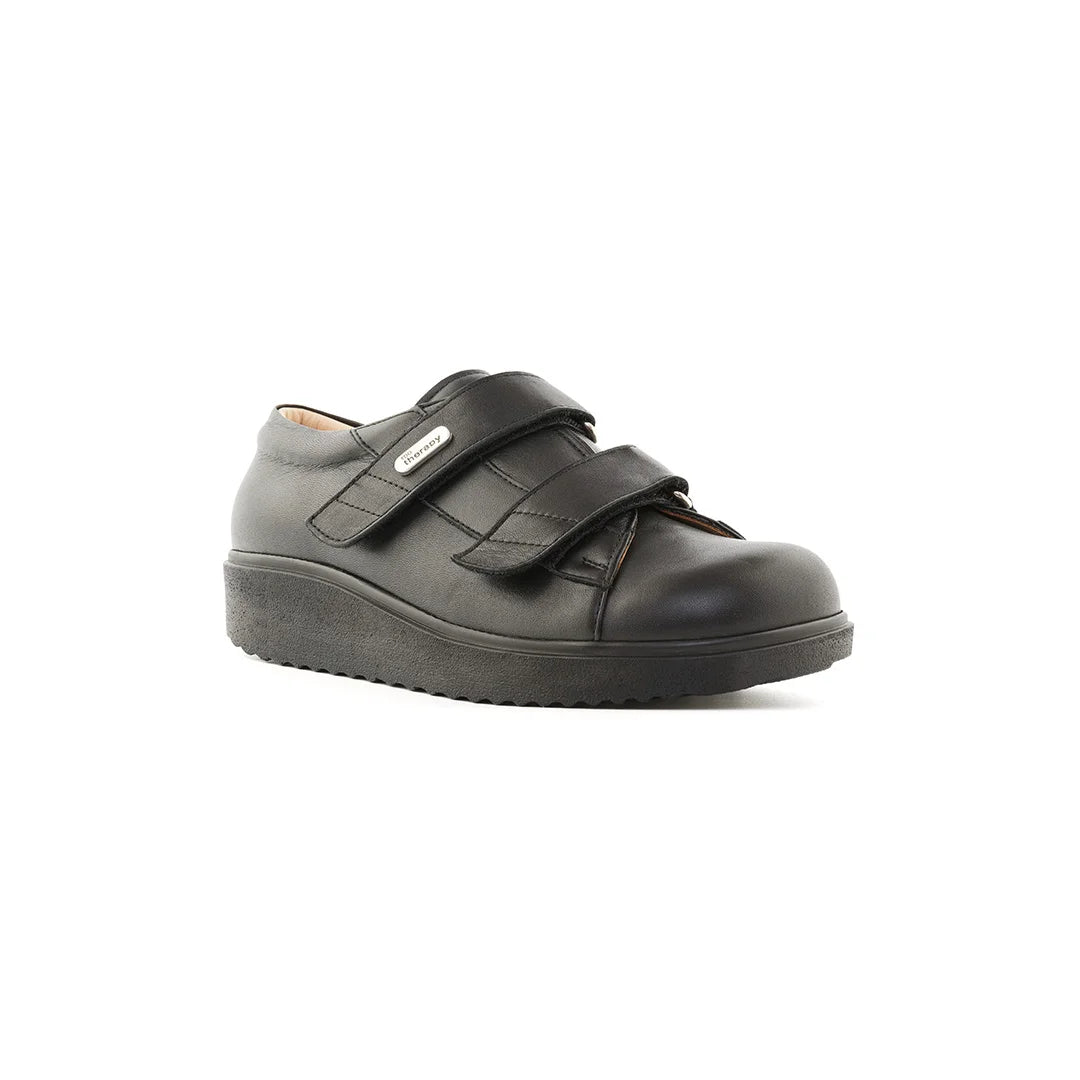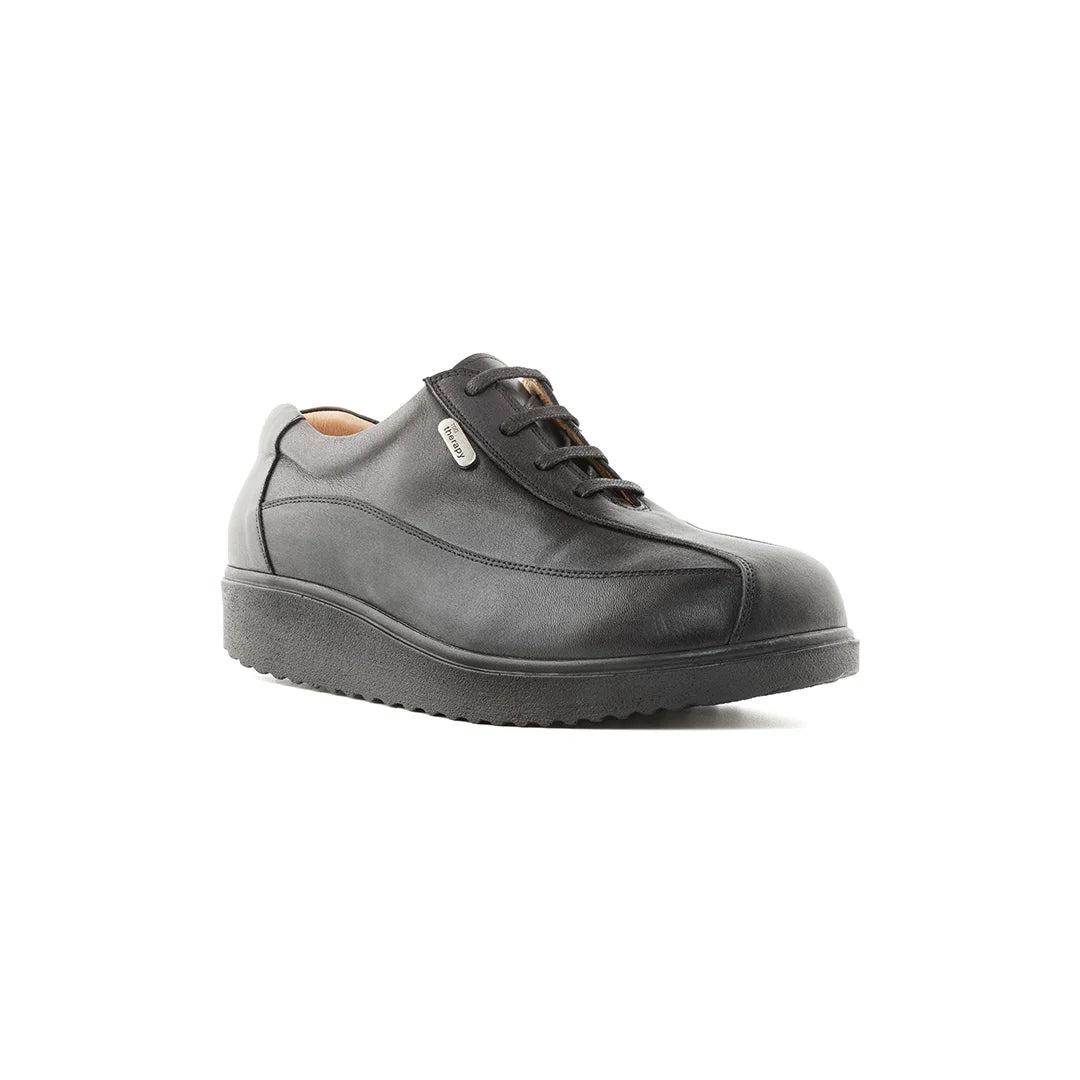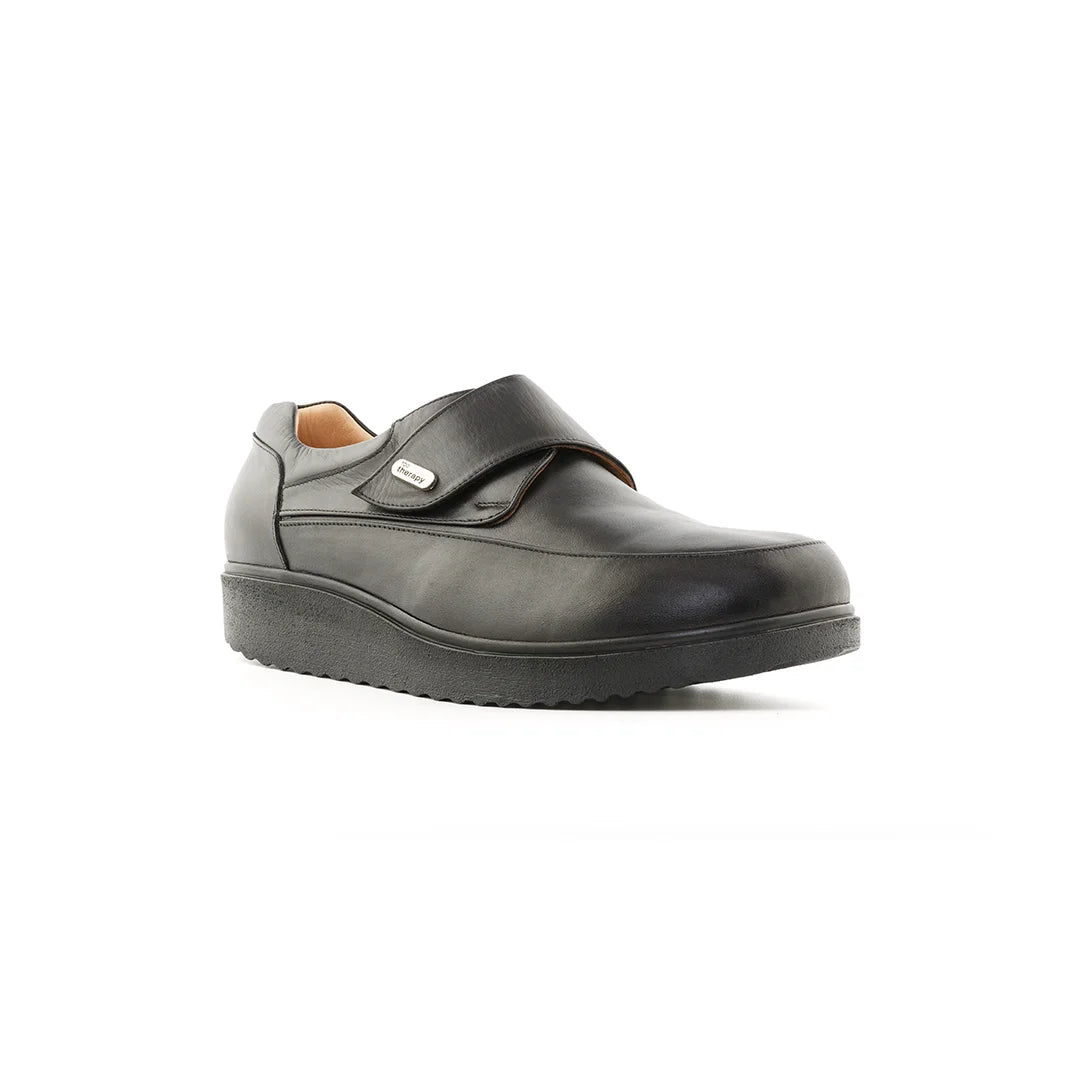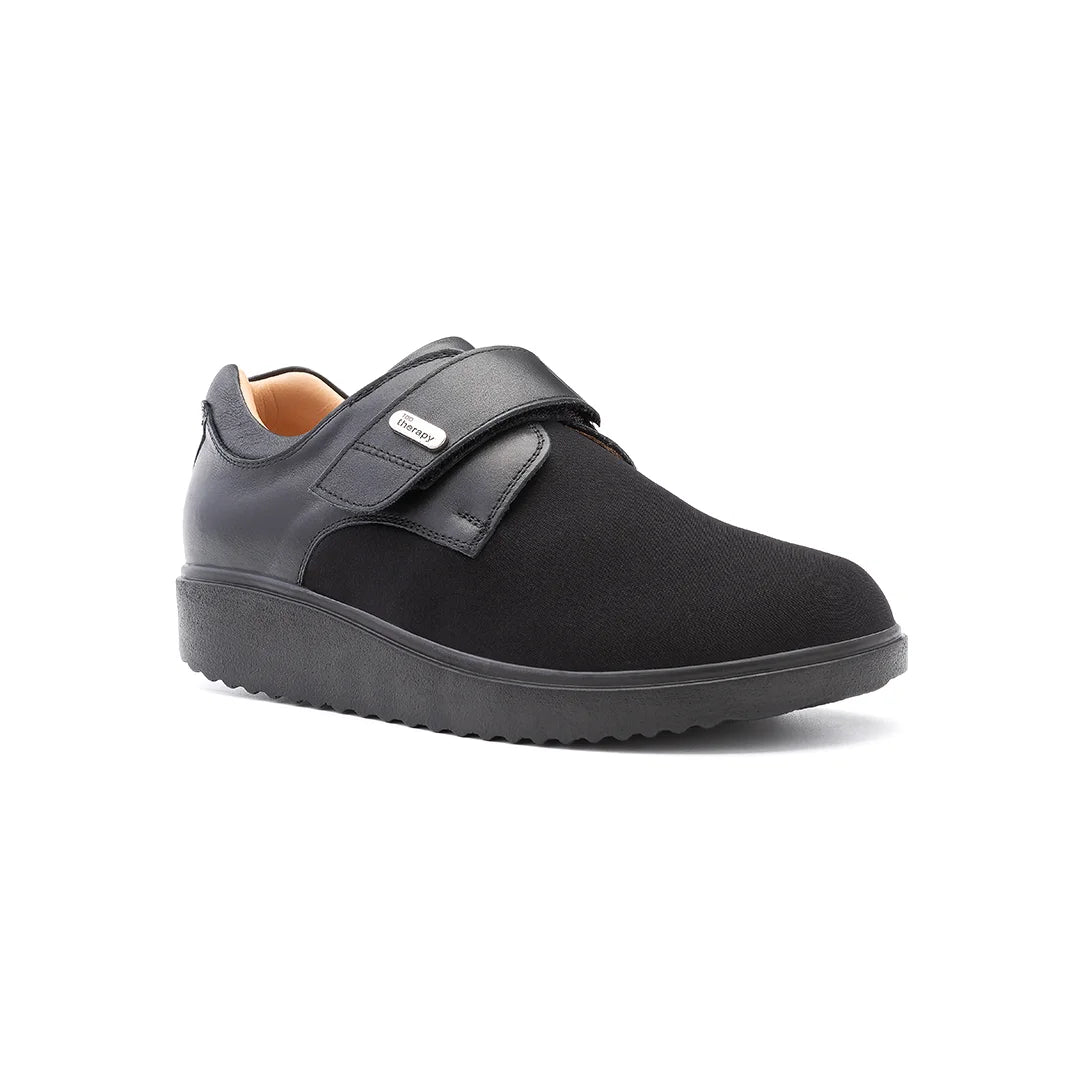Dealing with hammertoes and bunions can really make finding comfortable footwear a bit of a nightmare. These common foot issues, where toes curl or a bony bump forms, often lead to pain and make everyday shoes feel impossible to wear. But don't worry, picking the right shoes can actually make a big difference, helping to ease discomfort and stop things from getting worse. This article will help you figure out what to look for in shoes for hammertoes and bunions, so you can walk around more comfortably.
Key Takeaways
- Look for shoes with a wide toe box and extra depth to give your toes plenty of room and stop them from getting squashed.
- Shoes made from stretchy materials like mesh or knit fabric are best, as they adapt to your foot's shape and reduce rubbing.
- Good arch support and cushioning are important for spreading pressure evenly across your foot, which helps reduce strain.
- Flat or low-heeled shoes are always a better choice, as they prevent your foot from sliding forward and putting pressure on your toes.
- Removable insoles are handy because they let you add custom orthotics or extra padding for a better fit and more comfort.
Understanding Hammertoes and Bunions
Defining Hammertoe Deformity
Right, let's get down to it. Hammertoes, they're a common issue, and basically, it's when one of your toes decides to curl up at the middle joint. This can cause a whole load of problems, from rubbing against your shoes to just plain old pain. It's not ideal, is it? We need to understand what's going on before we can find the right shoes to help.
Defining Bunion Deformity
Now, bunions are a different beast altogether. They're those bony lumps that pop up at the base of your big toe. They can make finding shoes that fit properly a real nightmare. It's not just about the look of them either; they can be really painful, especially if they get inflamed. We'll need to think about how shoes can either help or hinder bunions.
Causes of Foot Deformities
So, what causes these foot dramas? Well, a lot of the time, it's down to wearing shoes that just don't fit properly. Shoes that are too tight, too narrow, or with high heels can all contribute to hammertoes and bunions. But it's not always the shoes' fault; genetics, injuries, and conditions like arthritis can also play a part. It's a bit of a mixed bag, really.
It's important to remember that while the right shoes can make a big difference in managing the pain and discomfort of hammertoes and bunions, they're not a cure. If you're really struggling, it's always best to see a podiatrist for proper advice and treatment.
Essential Features for Hammertoe Footwear
Finding the right shoes when you've got hammertoes can feel like a proper mission, can't it? It's all about making sure your feet are comfy and not getting squashed. We've found that focusing on a few key features makes a massive difference. Let's have a look at what to keep in mind when you're next out shoe shopping.
Prioritising a Wide Toe Box
Honestly, a wide toe box is a game-changer. It gives your toes the space they need to sit naturally without being crammed together. Think of it like this: your toes need room to wiggle! Shoes with a narrow toe box can really aggravate hammertoes, causing more pain and discomfort. We always check for that extra bit of width to make sure our toes aren't feeling pinched. It's surprising how much difference it makes.
The Importance of Extra Depth
Extra depth is another thing we always look for. Hammertoes often cause your toes to bend upwards, so you need that extra vertical space in your shoe. Without it, the top of your bent toes will rub against the shoe, which can lead to blisters and calluses. Extra depth helps avoid this by giving your toes the room they need to sit comfortably. It's not just about width, but height too!
Benefits of Stretchable Uppers
Stretchable uppers are brilliant. They're usually made from materials like Lycra or a stretchy knit, and they mould to the shape of your foot. This is especially good if you have hammertoes because the material can accommodate the shape of your toes without putting pressure on them.
Here's why we rate them:
- They reduce rubbing and friction.
- They allow for more freedom of movement.
- They can help prevent the formation of corns and calluses.
Choosing shoes with stretchable uppers can really improve your comfort levels. It's all about finding materials that are soft and flexible, so your feet feel like they're getting a gentle hug, rather than being squeezed into a rigid shoe.
Key Considerations for Bunion-Friendly Shoes
Selecting Flexible Materials
When it comes to bunions, the material of your shoes can make a world of difference. We've found that flexible materials are our best friends. Think soft leathers, mesh, or even stretchy knits. These materials have some give, which means they won't put as much pressure on your bunion. Rigid materials, on the other hand, can rub and irritate the area, making things much worse. It's all about finding that sweet spot where your foot feels supported but not constricted.
The Role of Arch Support and Cushioning
Arch support and cushioning are non-negotiable for us. Good arch support helps distribute your weight evenly across your foot, which takes some of the pressure off the bunion. Cushioning, especially in the sole, acts like a shock absorber, reducing the impact on your joints with each step. We always look for shoes with a well-cushioned insole and a supportive arch – it's like walking on clouds!
Avoiding Unsuitable Footwear Styles
Let's be honest, some shoes are just not bunion-friendly. We've learned to steer clear of pointy-toed shoes and high heels. These styles cramp your toes together and put excessive pressure on the front of your foot, which can aggravate bunions. Extremely flat shoes, like ballet flats, aren't great either, as they often lack arch support. Here's a quick list of styles we try to avoid:
- Pointy toes
- High heels (anything over 5cm)
- Ballet flats
- Shoes with stiff, unyielding materials
Finding the right shoes for bunions is a bit of a journey, but it's worth it. By prioritising flexible materials, arch support, and avoiding those unsuitable styles, we can keep our feet happy and healthy.
Optimising Comfort and Support
Choosing Low or Flat Heels
When it comes to foot health, especially if you're dealing with hammertoes or bunions, heel height is actually quite important. High heels? Yeah, they might look good, but they shove your foot forward, cramming your toes into a tiny space. Not ideal. Opting for low or flat heels helps distribute your weight more evenly across your foot, reducing pressure on the toes and the ball of your foot. This can make a massive difference in how your feet feel at the end of the day. Think about it: comfort and style!
The Advantage of Removable Insoles
Removable insoles are a game-changer. Seriously. They let you customise the level of support and cushioning inside your shoes. You can swap out the standard insoles for something with better arch support, or even use orthotics prescribed by a podiatrist. This is especially useful if you have specific needs related to your foot condition. Plus, you can take them out to air them out, which helps with hygiene. It's all about making your shoes work for you.
Ensuring Secure Instep Fit
Making sure your shoe fits snugly around the instep is key for stability and preventing your foot from sliding around. If your foot moves too much inside the shoe, it can cause friction and pressure, which can aggravate hammertoes and bunions. Look for shoes with adjustable straps, laces, or even elasticated panels that can help you achieve a secure fit. A good instep fit also helps with balance and reduces the risk of falls. It's a small detail that makes a big difference.
Getting the right fit is more than just about shoe size. It's about understanding the shape of your foot and finding shoes that accommodate its unique needs. Don't be afraid to try on different styles and sizes until you find something that feels just right. Your feet will thank you for it!
Recommended Shoe Types for Foot Conditions
Okay, so we've talked about what to look for in shoes if you've got hammertoes or bunions. Now, let's get down to the nitty-gritty: what types of shoes actually work? We've tried a few, and here's what we've found.
Exploring Wide Width Options
Wide width shoes are a game-changer. Seriously. They give your toes the space they need, which is super important when you're dealing with hammertoes or bunions. It's not just about the length of the shoe, but the width across the toe box.
- Check the sizing charts carefully, as wide widths can vary between brands.
- Consider adjustable straps or laces to fine-tune the fit.
- Don't assume you know your width – get your feet measured properly.
Finding the right width can feel like a revelation. It's amazing how much difference a few extra millimetres can make to your comfort levels. It's worth the effort to find brands that consistently offer good wide-fit options.
Considering Clogs and T-Strap Sandals
Clogs and T-strap sandals can be surprisingly good choices, but it depends on the design. Clogs, especially those with a roomy toe box, can be great because they don't constrict your toes. T-strap sandals can offer a secure fit without putting pressure on bunions, provided the strap doesn't rub.
- Look for clogs with a supportive footbed.
- Make sure the T-strap is soft and adjustable.
- Avoid styles with seams or embellishments that could irritate bunions.
The Versatility of Mesh and Canvas
Mesh and canvas shoes are brilliant because they're usually more forgiving than leather or other stiff materials. Mesh is breathable and can stretch a bit to accommodate any lumps or bumps. Canvas is also pretty flexible and tends to be lighter, which is a bonus.
- Mesh shoes are great for running or walking, as they keep your feet cool.
- Canvas shoes are good for everyday wear, but might not offer as much support.
- Check the soles – you still need good cushioning and arch support.
Enhancing Foot Health with Proper Footwear
Reducing Pressure and Friction
Finding the right shoes can really make a difference in how your feet feel, especially if you're dealing with hammertoes or bunions. The goal is to minimise pressure and friction, which are often the main culprits behind the pain. Shoes made with stretchable materials, like Lycra or knit mesh, are great because they mould to the shape of your foot, stopping any rubbing or irritation. Also, a well-cushioned insole and good arch support help spread the pressure evenly across your foot, taking the strain off those sensitive toe joints.
Preventing Progression of Deformities
Choosing the right footwear isn't just about immediate comfort; it's also about preventing these foot issues from getting worse. Shoes that fit well and provide adequate support can slow down the progression of hammertoes and bunions. It's all about finding that balance between comfort and support to keep your feet in good shape long-term.
Promoting Even Pressure Distribution
One of the biggest benefits of wearing the right shoes is that they help spread your weight evenly across your feet. This is super important because it stops too much pressure from building up in one spot, which can lead to pain and other problems. Think of it like this:
- Good arch support helps maintain the natural shape of your foot.
- Cushioned insoles absorb impact and reduce stress on joints.
- Wide toe boxes allow your toes to spread out naturally.
By making sure the pressure is evenly distributed, you're not just making your feet feel better now, but you're also looking after their health in the future. It's a small change that can make a big difference.
Wrapping Things Up
So, there you have it. Finding shoes when you've got hammertoes or bunions can feel like a bit of a mission, right? But honestly, it doesn't have to be a total nightmare. The main thing to remember is that comfort is king. Look for shoes that give your toes plenty of space, have a bit of give in the material, and offer some decent support for your arches. Steer clear of those super pointy styles or really high heels, as they just make things worse. It's all about being kind to your feet, and once you find that perfect pair, you'll wonder how you ever managed without them. Happy shoe hunting!
Frequently Asked Questions
What exactly are hammertoes and bunions?
Hammertoes happen when one or more of your toes bend at the middle joint, making them look like a hammer. This can cause rubbing, pain, and make it hard to wear normal shoes. Bunions are bony bumps that form at the base of your big toe, pushing it towards your other toes. Both conditions can make wearing shoes uncomfortable.
What causes these foot problems?
Tight or poorly fitting shoes are a big reason why hammertoes and bunions develop. Things like high heels or shoes with pointy fronts can squeeze your toes and make these problems worse. Sometimes, injuries or other health issues like arthritis can also play a part.
Can the right shoes really help with hammertoes and bunions?
While wearing the right shoes won't cure hammertoes or bunions, they can certainly help a lot. Good shoes can reduce pain, stop the problems from getting worse, and make walking much more comfortable.
What features should I look for in shoes for these conditions?
Look for shoes with a wide front part, called a toe box, so your toes have plenty of space to move. Shoes with extra depth are also good for hammertoes. Soft, stretchy materials for the top part of the shoe are best, as they won't rub or squeeze. Good arch support and soft cushioning are also important for comfort.
What types of shoes should I avoid if I have hammertoes or bunions?
It's best to avoid high heels, especially those over two inches, and shoes with narrow or pointy fronts. Very flat shoes, like ballet flats, might also not offer enough support. The goal is to avoid anything that squishes your toes or puts too much pressure on the front of your foot.
Are removable insoles important for shoes for hammertoes and bunions?
Yes, removable insoles are great because they let you put in special inserts, like orthotics, if you need extra support or cushioning. This can help distribute pressure more evenly and make your shoes even more comfortable.



